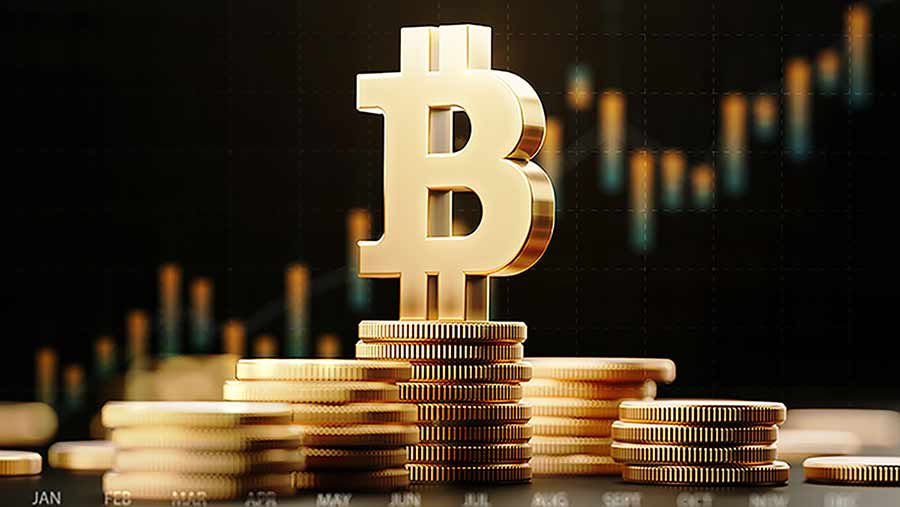Personal Wealth Management / Economics
Why Price Controls Don’t Work
They neither dampen demand nor swell supply—and have a history of hampering the latter.
Editors’ note: MarketMinder is nonpartisan, neither for nor against any party, politician or policy. Though inflation has become a politically charged topic, our analysis focuses only on its—and surrounding developments’—potential impact on the economy and markets.
If rising prices are hurting so many, why not just outlaw them? It sounds so simple. But, in practice, history has proven such price controls to be highly problematic in practice. Prolonged price pressures have raised calls for government action and led to some actual legislation—e.g., windfall profits taxes in Europe. In the US, there are efforts to go further, with prospective price control bills in Congress barring “gouging.” While passage doesn’t seem likely, we wouldn’t rule it out. We are watching their progress because, if adopted broadly, we think they could pose headwinds for the economy and markets.
Why are price controls such a bad idea? They distort price signals, which are core to markets’ functioning effectively and, not unrelatedly, economic growth. Prices balance supply and demand, coordinating production and consumption. They are signals, full stop. On the demand side, when they are high and rising, they encourage more people to cut back, substitute and economize. At the same time, high and rising prices imply greater potential profit, signaling producers to boost supply—which eventually helps keep prices in check.
But if prices can’t fluctuate freely, they don’t tell producers when they need to crank up output. Nor do they incentivize people to adjust consumption in order to help limited supply stretch further in the short term. As a result, you don’t get the changes in behavior that help stabilize prices. Heck, price controls can even cause severe shortages if prices are set near or below producers’ costs, which discourages production by destroying the profit motive—ultimately driving prices far higher still.
Price controls aren’t hard permanent ceilings. Sometimes the caps reset periodically, causing prices to jump in blocky stair-steps, much as the UK is enduring with household energy prices under its retail price cap right now. Or, they lift, and shortages quickly drive prices much higher—potentially higher than they would otherwise have been. This happens regularly in Emerging Markets nations that have historically been frequent users of fuel price caps. Even if a cap is set above current market prices, they can quickly shift from ceiling to target, as producers worry they won’t be able to raise prices later, if need be.
We understand and empathize: High and rising prices aren’t fun. They can be excruciating. But they are crucial to incentivize more supply—and temper demand temporarily until then. Market processes aren’t always quick or painless, hence the frustration and clamor for relief by other means. Without dynamic price signals to consumers and producers, though, history shows greater pain awaits.
You don’t have to look back very far to see how. The Nixon administration’s price controls were disastrous. Introduced in August 1971 along with scrapping dollar convertibility to gold, President Richard Nixon ordered a 90-day freeze on wages, prices and rents. Next came October 1971’s dual Economic Stabilization agencies—the Pay Board and the Price Commission overseen by the Cost of Living Council—which administered wage and price controls thereafter, permitting increases by diktat. Price controls seemed to succeed at first. CPI inflation was running at 4.4% y/y in August 1971 and fell to 2.9% a year later.[i] But by January 1973, price controls started phasing out, first with “voluntary controls” and later “voluntary compliance” in August 1973. Catch-up inflation ensued.
In April 1974, when price controls formally dissolved, CPI was at 10.1% y/y and the economy was 5 months into a recession. Gas lines, tied to 1973 – 1974’s Arab oil embargo and these controls, were one result. Empty grocery store shelves were another, and the two became the face of America’s malaise. Without profit, ranchers stopped bringing their cattle to market. Farmers drowned their chickens—perverse and sad, but it is what occurs when governments interfere with price signals. We think it is clear Nixon’s heavy-handed interventions—and the uncertainty surrounding them—helped cause the 1970s’ high inflation. They didn’t control it. Moreover, they helped contribute to the deep mid-1970s recession as a result.
So, price controls are generally something to watch out for. If enacted broadly, they would be a negative. But even short of that, just their increasing likelihood would probably add to headline fears already weighing on sentiment. That could roil markets short term, especially since price controls risk interfering with the forces that are already working to tame inflation, which stems predominantly from supply disruptions. Take oil, cars, homes and semiconductors—in all cases, unit production is ramping up, hitting or approaching record highs. As Economics 101 teaches, there are two ways to tame inflation: either curb demand or build supply. Only the latter spurs growth. But price controls do neither. Relieving supply bottlenecks takes time and may not provide immediate respite, but it gets the job done eventually.
Positively, the risk Congress implements price controls appears remote, as there aren’t the votes for it. The Democratic Party’s current edge in the House is among its smallest majorities in history, and they are fractured on the issue. The Senate is evenly divided, and we are only about five months from midterm elections that, if history is an indication, are likely to flip control of one or both chambers, dividing nominal party control of government. If that happens, price control legislation stands little to no chance.
Actually, those midterms may somewhat explain the push to act on prices: It is an effort to show politicians are “doing something” about inflation, a stance perhaps aimed at turning out the base at midterms. A windfall profits tax may stand more of a chance, yet that isn’t very likely, either, considering politically centrist red-state Democratic Senators and Representatives are against the idea and facing fraught battles to keep their seats. So even if there is movement on this front generating headlines, it isn’t likely to sail through Congress anytime soon. In the unlikely event anything passes, it would probably have to be greatly watered down for approval.
If you would like to contact the editors responsible for this article, please message MarketMinder directly.
*The content contained in this article represents only the opinions and viewpoints of the Fisher Investments editorial staff.
Get a weekly roundup of our market insights.
Sign up for our weekly e-mail newsletter.

See Our Investment Guides
The world of investing can seem like a giant maze. Fisher Investments has developed several informational and educational guides tackling a variety of investing topics.








